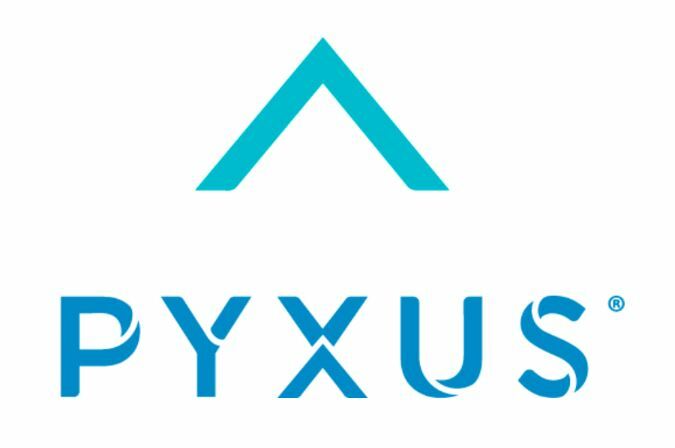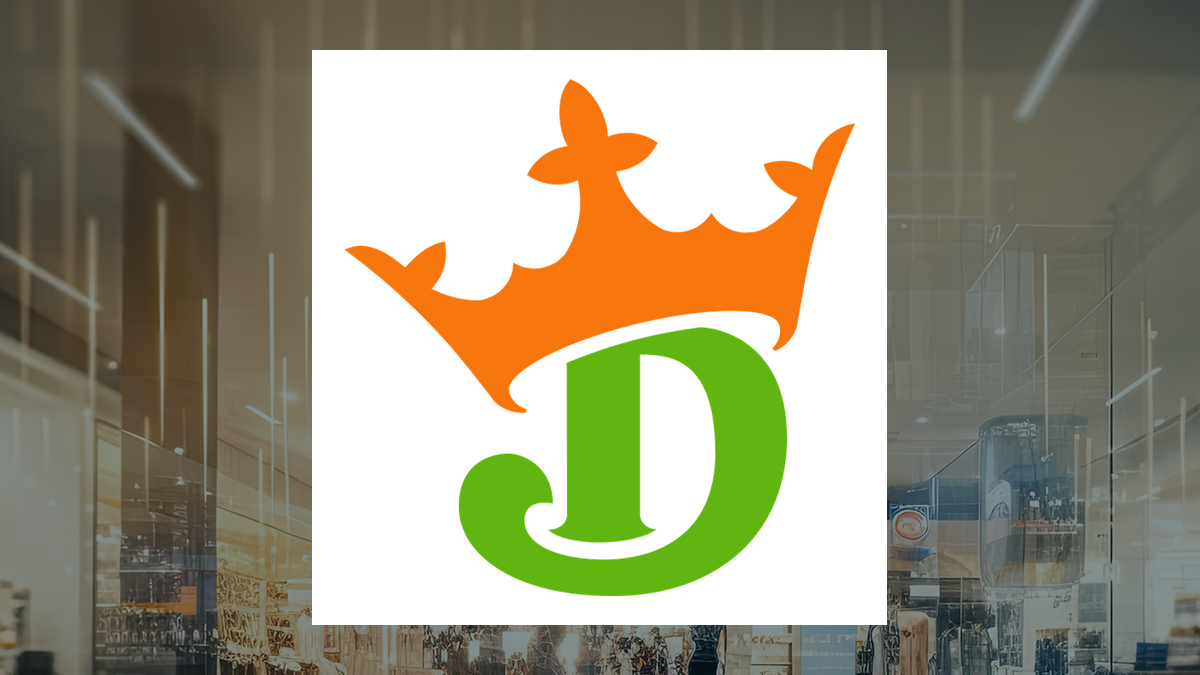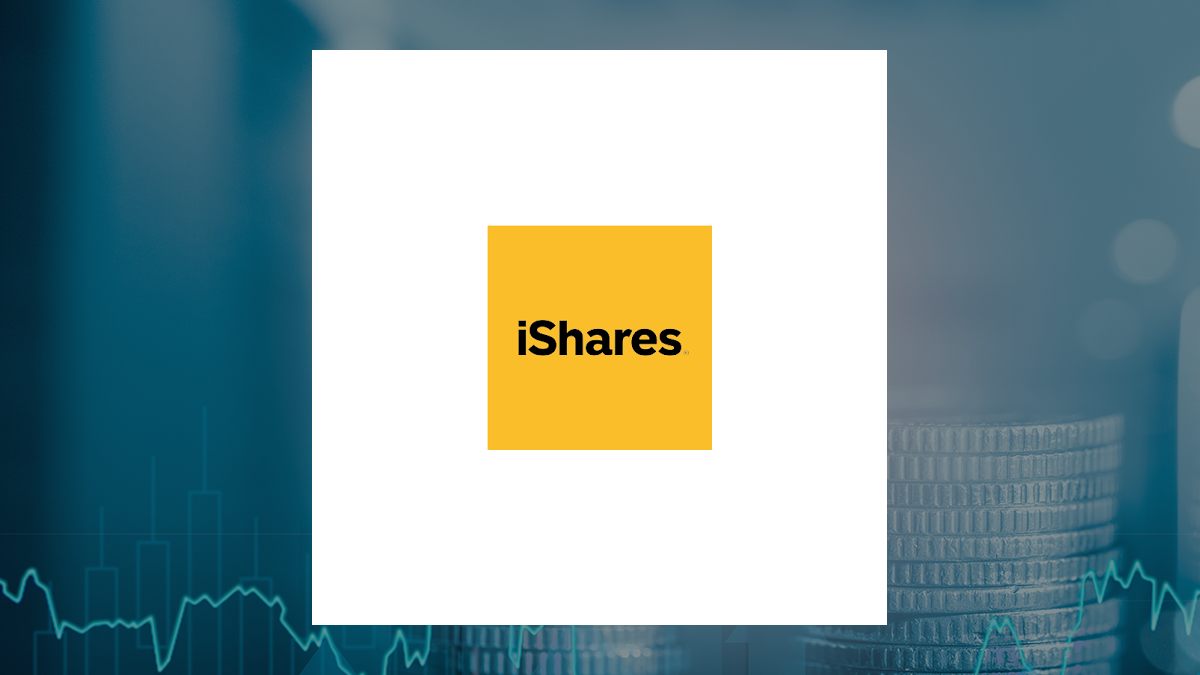
It was certainly bad timing for me to arrange a business trip to Toronto on Nov. 15, just as Taylor Swift kicks off her six-show run at the Rogers Centre. My usual mid-range hotel room tripled in price (to $900 a night).
Worse yet, prices for virtually every comparable hotel within 25 km of downtown also tripled, to around $900. I’m not surprised hotels would exploit a spike in demand to soak customers and pad their profits. That’s capitalism.
But the uniformity and universality of this price-gouging is something new. It’s almost as if all hoteliers in town got together and agreed to triple their rates while Taylor’s in town. That would be illegal, of course.
But in effect, that’s exactly what happened — thanks to new high-tech algorithms that instantly adjust prices in response to fluctuations in demand, supply, or information. Hotels were early adopters of new strategies variously called algorithmic pricing, dynamic pricing, or surge pricing. They use big data — on everything from economic trends, special events, competitors’ prices, weather, and even individuals’ buying habits — to automatically fix prices at the highest level (in the algorithm’s judgment) that consumers can bear.
If all market participants apply algorithms that scrape the same data and apply the same AI logic, then this amounts to high-tech price-fixing. There are no secret memos or off-the-record conversations between corporate executives. As we know, such explicit evidence of collusion is hard to find (Canada’s infamous being a rare exception).
Now businesses leave all the dirty work up to machines. Where price-fixing is concerned, there’s an app for that. Canada’s lax competition laws, already sadly inadequate to prevent price-fixing and cartels, don’t stand a chance against ubiquitous and instantaneous algorithms.
Algorithmic pricing was pioneered in travel and airlines, where firms constantly strive to match available capacity to consumer demand, at the highest possible price. It is now commonplace in many other industries, from to to and . This technology can even set individualized prices, based on personal data (from past purchases, demographic characteristics, social media posts, and more) that reveals each consumer’s willingness to pay.
Platform businesses like Uber apply this strategy . They use algorithms to customize pay for each driver rather than using a standard formula based on time and distance travelled, and they apply similar strategies to maximize the price paid by each customer (based on fluctuating supply and demand conditions and consumer behaviour. Drivers can’t predict what they’ll earn; consumers don’t know what they’ll pay, but Uber’s margin on total revenues has since it began applying algorithmic pricing.
Consumers can no longer have confidence about the “going price” for any product or service: it all depends on what the algorithms dictate on any particular day. This confusion facilitates rip-offs. Indeed, instantaneous algorithmic coordination of prices across firms clearly amplified the inflationary pressures that arose after COVID lockdowns.
Using big data and AI to quickly identify and exploit supply shortages and pent-up consumer demand, firms could hike prices faster, confident their competitors (using the same algorithms) would follow suit. That’s why so closely: profits in Canada reached their highest share of GDP ever in 2022, just as inflation peaked at 8%. Both profits and inflation have come down since.
U.S. regulators have started to respond to the challenges of algorithmic pricing.
The department of justice and the federal trade commission have launched several lawsuits against companies for . And the U.S.
federal reserve that algorithmic pricing practices worsened the outbreak of inflation in 2022. Unfortunately, neither the Competition Bureau nor the Bank of Canada have yet come to grips with the risks to price stability and basic fairness posed by these profit-maximizing algorithms. To bring down prices now, and prevent future algorithmic-driven surges in inflation (and hence interest rates), we need our regulators to rise to this new challenge, and hold corporations to account.
They should heed Taylor Swift’s advice: “Never be so polite you forget your power.”.














